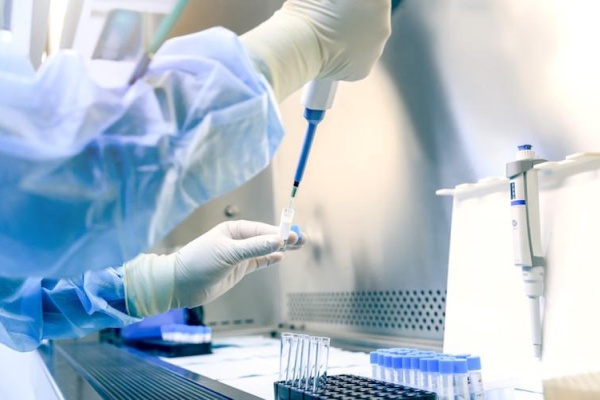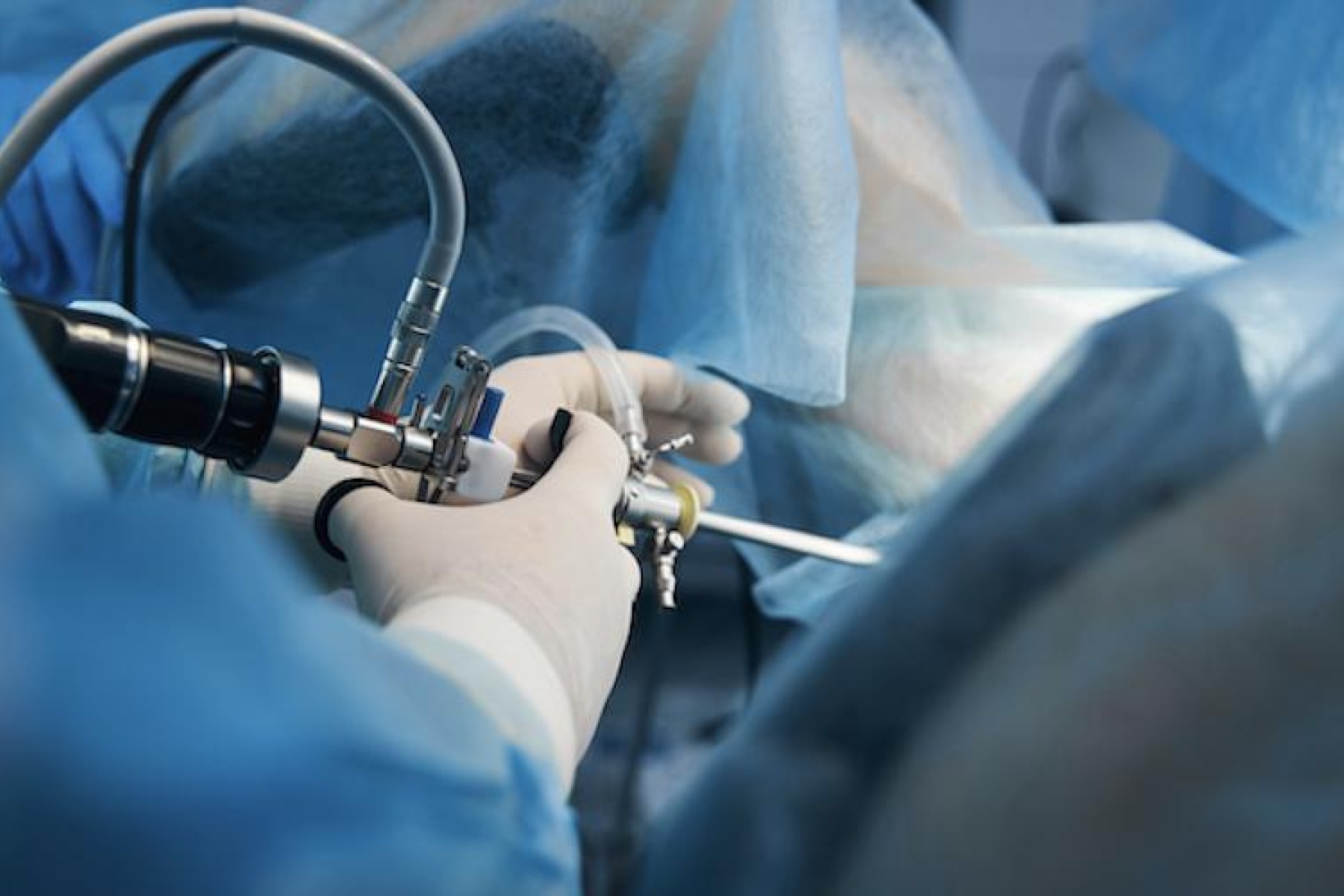Infertility can be caused by uterine, tubal, or ovarian pathologies that require surgical intervention. This can be performed by hysteroscopy or laparoscopy.
Infertility surgery: hysteroscopy
Hysteroscopy: What is it?
In cases of infertility, a hysteroscopy can be performed. In practice, this involves inserting a small camera into the uterus through the vagina and operating a distension medium (gas or physiological serum).
Diagnostic hysteroscopy enables direct, detailed visualisation of the cervical-isthmian canal, the endometrium (mucous membrane inside the uterus), the uterine cavity, and the tubal orifices (ostia) (starting point of the fallopian tubes). It is an integral part of the fertility assessment and enables the uterine cavity to be assessed prior to any IVF during a fertility journey or after failed embryo implantations.
When should a hysteroscopy be performed?
Hysteroscopy takes place in the first part of the cycle when there is no bleeding, between the 6th and 15th day of the cycle. It is a minimally invasive examination, performed in the clinic without anaesthetic or cervical preparation. It is very quick and takes just a few minutes.
What is the purpose of a hysteroscopy?
Hysteroscopy is used to detect endo-uterine anomalies:
- polyps (pedunculated or sessile)
- fibroid (type 0, 1, or 2)
- trophoblastic retention after miscarriage
- synechiae (joining of the sides of the uterine cavity)
- abnormalities of the uterine mucosa (atrophy, hypertrophy)
- uterine malformation (septate, unicornuate or bicornuate uterus)
An operative hysteroscopy involves treating pathologies detected by diagnostic hysteroscopy in the operating theatre under general anaesthetic or local anaesthetic (spinal anaesthesia). This surgery takes between 10 and 45 minutes and is performed on an outpatient basis.
Infertility surgery: laparoscopy
Laparoscopy: what is it?
The other surgical procedure that can be performed in cases of infertility is laparoscopy. This is a technique that allows all the pelvic organs (outer wall of the uterus, fallopian tubes, ovaries) and abdominal organs to be viewed, rather than the inside of the uterus.
Under general anaesthetic, a small incision is made at the navel to allow carbon dioxide (CO2) to be blown into the abdominal cavity, followed by the introduction of a camera to view the organs. The surgical instruments are introduced through several holes a few millimetres in diameter in the abdominal cavity.
What is the purpose of laparoscopy?
The aim of laparoscopy is to explore the pelvis: the appearance of the tubes, ovaries, and uterus will be checked, as well as the presence of endometriosis and any sequelae of infection The main indications are :
- Tubal pathologies: to assess the patency of the tubes (blue test); if the tubes are damaged or obstructed, it may be necessary to repair the tube (tubal plasty or neo-salpingotomy) or remove it to improve the chances of pregnancy (salpingectomy prior to IVF).
- Ovarian pathologies: PCOS or polycystic ovary syndrome (ovarian drilling: making small holes in the ovary to stimulate ovulation), ovarian cysts (removal of a cyst).
- Uterine pathologies: fibroids
- Pelvic pathologies: endometriosis (removal of lesions) or pelvic adhesions (removal of adhesions)
- Unexplained infertility and pelvic pain: condition of fallopian tubes and ovaries
What can laparoscopy avoid?
Laparoscopy avoids the need to open the abdominal cavity.
The hospital stay is shorter than for conventional surgery. The post-operative period is more comfortable for the patient and she is able to return to work more quickly.



